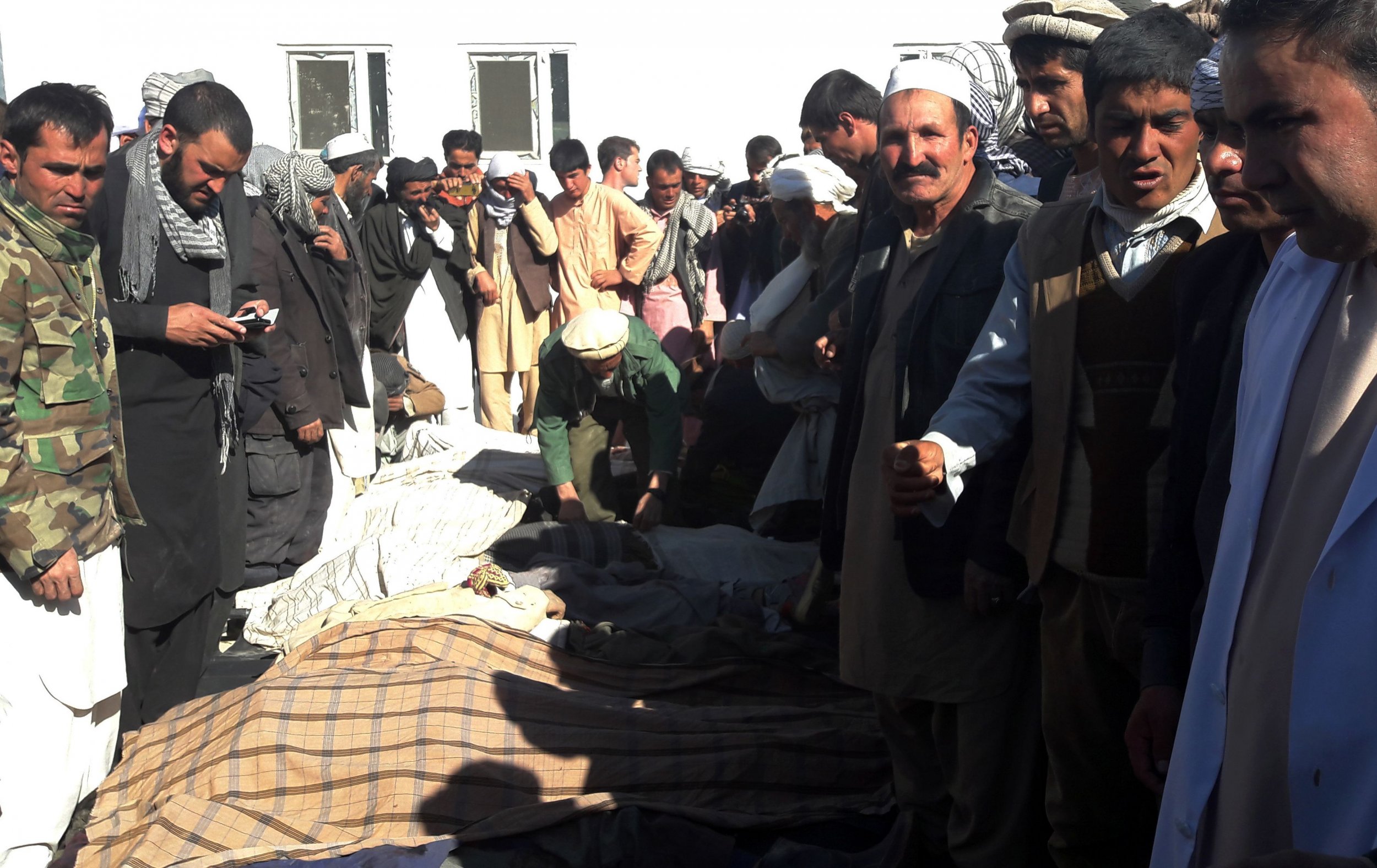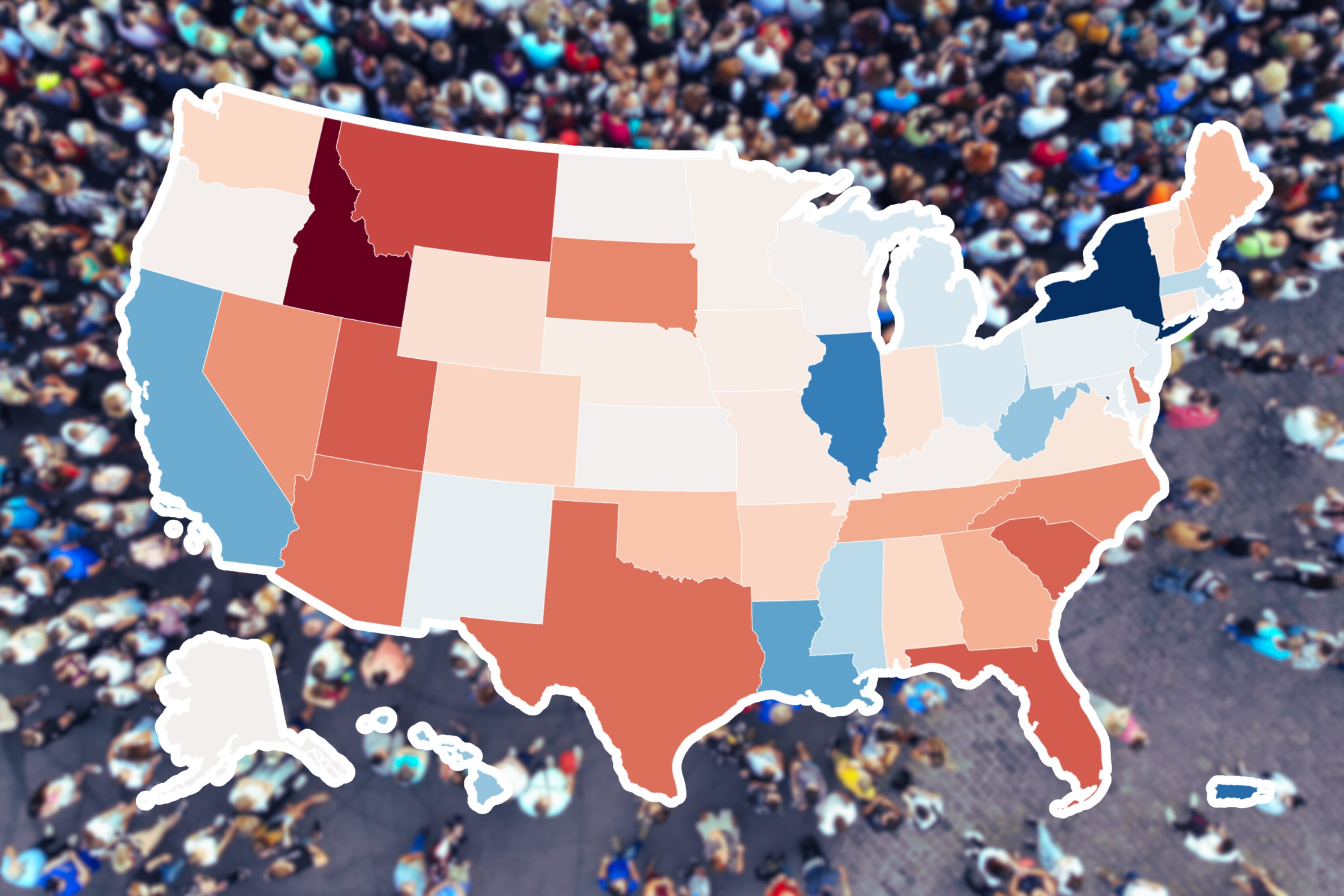
Operations against insurgents in Afghanistan's central-western province of Ghor Province are reportedly being planned in the wake of the October 25 attack, in which militants shot dead dozens of civilians. The provincial governor's spokesman blamed the Islamic State militant group (ISIS) for the killings, raising fears about its growing reach in Afghanistan.
Ghor is far away from the areas in Afghanistan where ISIS (also known as IS-K, ISIS in the Khorasan, or ISKP, Islamic State Khorasan Province) has previously been reported to have a major presence. Details of the attack—including who was responsible and how many people were killed—remain unclear. Before blaming ISIS, it is important to recognize the existence of deep ethnic and tribal divisions in Ghor Province, which can erupt into violent conflicts.
Local reports claim that the attackers targeted a group of male Kuchis, pastoral nomads who are typically Pashtun (though Beluchs, Arabs and some Tajiks and Uzbeks can also be described as Kuchis). The militants killed 26 men, according to a statement from the United Nations Assistance Mission in Afghanistan (UNAMA), which added that the fate of other hostages was unknown. Other casualty estimates vary: the governor's spokesman Abdul Hai Khatibi put the total at around 30, the Taliban claimed 36, and some local people reported it being as high as 42. Some sources in Ghor Province are now claiming that children were also killed.
The U.N. reported that unidentified gunmen killed the men after taking them hostage while they collected firewood in the Kasi area of Firozokh District. UNAMA said they had received reports indicating the attackers had killed the hostages in retaliation, after their commander was killed during fighting with Afghan National Security Forces. Provincial spokesperson Khatibi then blamed ISIS, adding that the attack was in revenge for the Afghan police's killing of an ISIS commander during an operation in Ghor Province.
International media were also quick to speculate about the role of ISIS. The New York Times quoted Ghor's police chief as saying that a former Taliban unit, now aligned with ISIS, had clashed with pro-government forces near Firozokh after the death of their commander, a man known as Farooq, who had led them since before their split from the Taliban. Afghan security forces are now reportedly mounting an operation against insurgents in several districts in Ghor Province, backed by hundreds of elders and ulema (Muslim scholars trained in Islamic law and doctrine) while civil society activists have condemned the attack and urged the government to take serious action against ISIS.
If it is confirmed as the work of ISIS, this shooting, and indeed other recent assaults, could point to a further expansion of the Islamic militant group beyond its stronghold in the eastern province of Nangarhar. Attacks such as the shooting of 14 Shia Muslims in Kabul's Kart-e Sakhi shrine on October 11 indicate the group has an operational presence in Kabul, which some analysts consider to be beyond the "nascent" stage. The U.N. and NATO Resolute Support Mission estimate there are now around 1500-3000 ISIS fighters in Afghanistan.
But it is important not to exaggerate the threat Daesh poses nor the extent of its presence in the region. Although reports suggest that significant funding flows from the main leadership in Syria and Iraq, coordination remains limited.
The vast majority of attacks in Afghanistan are not linked to ISIS. The Afghan government has often been keen to exploit the threat posed by the group to argue for continued U.S. military presence and further financial support. Local officials are also known to point to extremist threats in their provinces in an effort to attract higher levels of funding. While ISIS is usually quick to claim responsibility for attacks, at the time of writing they have not done so in this case.
Other officials have also questioned the group's involvement. The Taliban posited an alternative explanation. Denying responsibility over Twitter, their spokesman said the killings appeared to have arisen from ethnic rivalries fuelled by a clash over sheep-stealing. The New York Times gave some credence to this version of events, reporting that Farooq was known to be the head of an armed criminal gang notorious for sheep-rustling before he pledged allegiance to the Taliban and subsequently ISIS.
Many conflicts in Afghanistan are not ideologically driven; they are fought in response to local grievances, typically disagreements over land, water and inheritance. Local actors have long been known to support either the government or an insurgent group, depending on who best serves their interests. Meanwhile, a symbiotic relationship exists between insurgent groups and criminals.
Violence between local communities and Kuchi tribes as they attempt to move their animals into certain areas has also been noted in reports. It is possible that this latest event stems from long-rooted ethnic, tribal, or resource-driven tensions, or clashes between competing criminal elements, with local actors blaming ISIS to mask the real reasons behind the attacks.
Even if ISIS is proven to be involved in this attack, it is crucial to recognize the local dimension in events of this nature, and the power of the ISIS brand as a tool for regional officials to gain the upper hand in these more banal historic conflicts.
A similar phenomenon has often been noted in relation to the Taliban. In fact, ISIS in Afghanistan is largely composed of disgruntled and often marginalized Taliban fighters under a new black flag and foreign fighters—largely Central Asians and some remnants of the Pakistani Taliban (the TTP) seeking to reassert their power.
The war in Afghanistan, irrespective of any extremist narratives, is often more about how regional factors interact and mutually reinforce each other. Before buying into the hype created by the mere mention of the word ISIS, it is necessary to explore the regional context in which attacks take place and the roles of local actors; something that western audiences have shown a woeful failure to do, and Afghan policymakers have, at times, wilfully ignored.
For the time being, the attack might be best viewed as a stark reminder of the widespread breakdown in law and order that is spreading across the country, rather than any real indication that ISIS is extending its reach in Afghanistan.
Emily Winterbotham is a research fellow in the International Security Studies Department at London-based defense and security think-tank Royal United Services Institute (RUSI).
Uncommon Knowledge
Newsweek is committed to challenging conventional wisdom and finding connections in the search for common ground.
Newsweek is committed to challenging conventional wisdom and finding connections in the search for common ground.
About the writer
To read how Newsweek uses AI as a newsroom tool, Click here.








